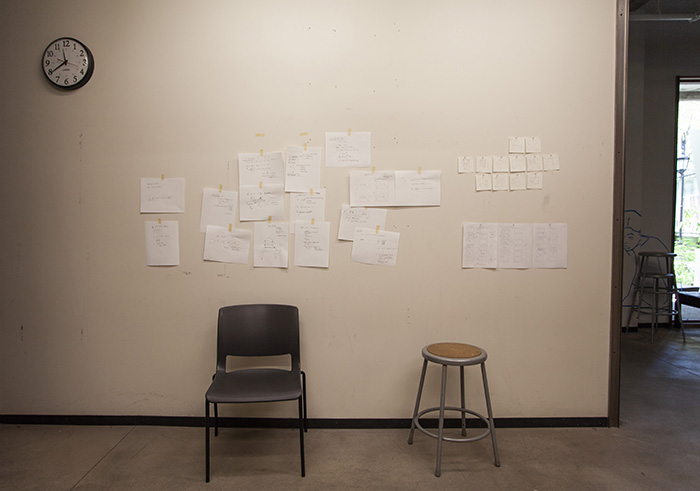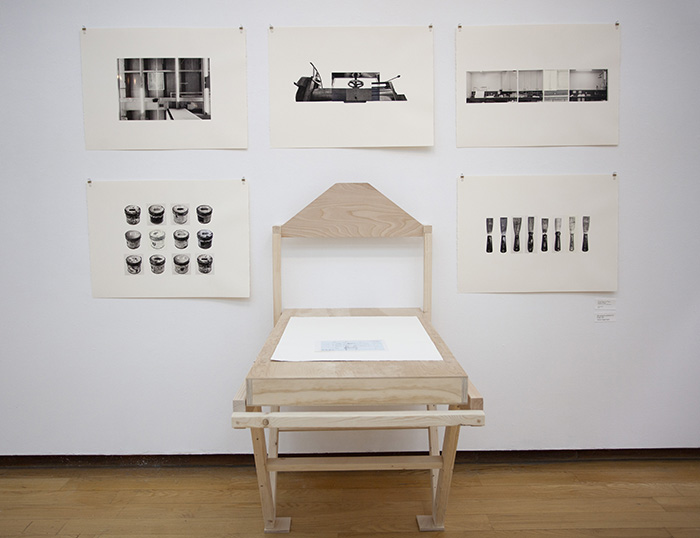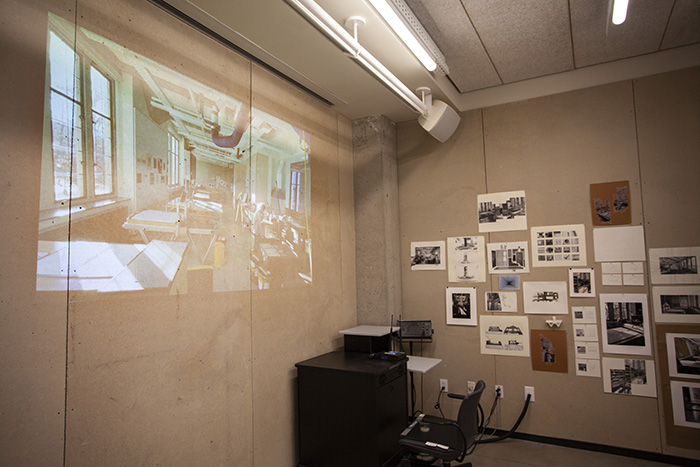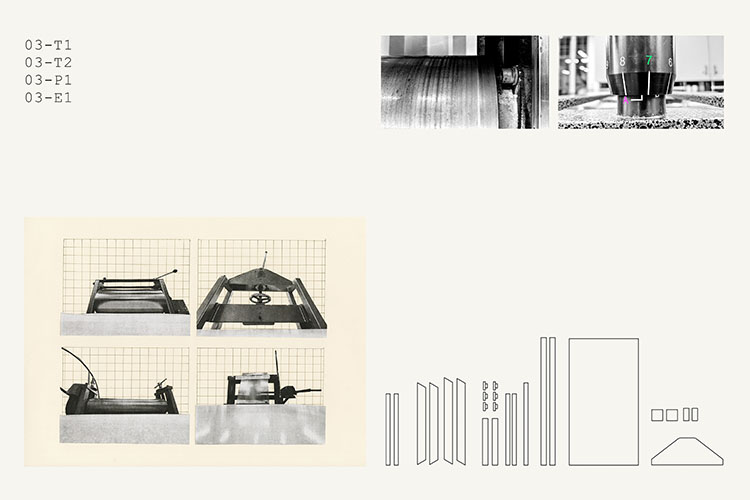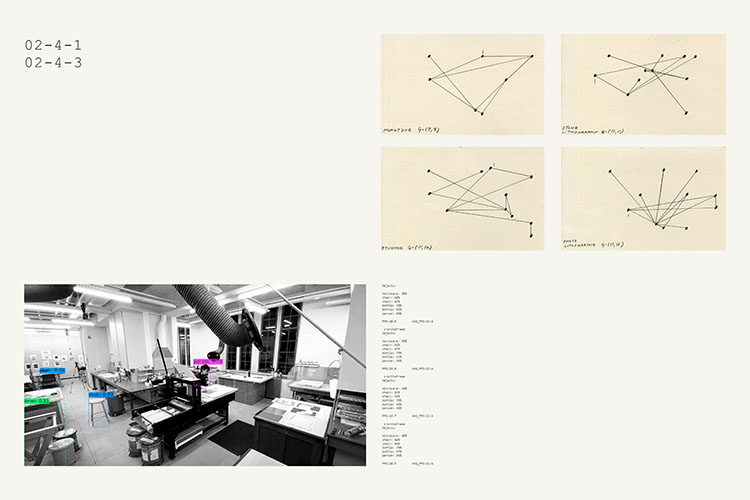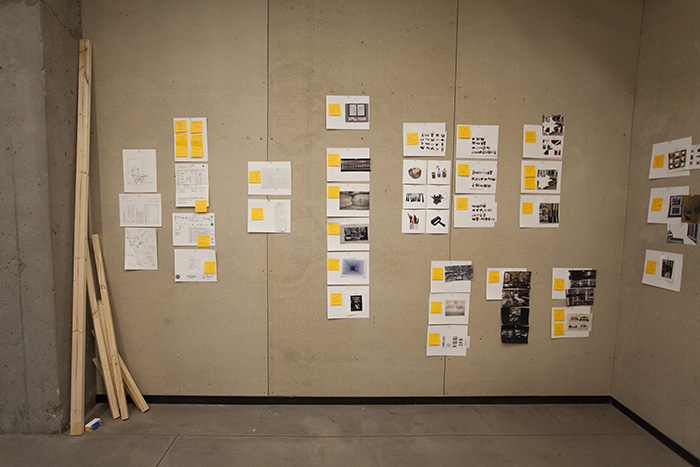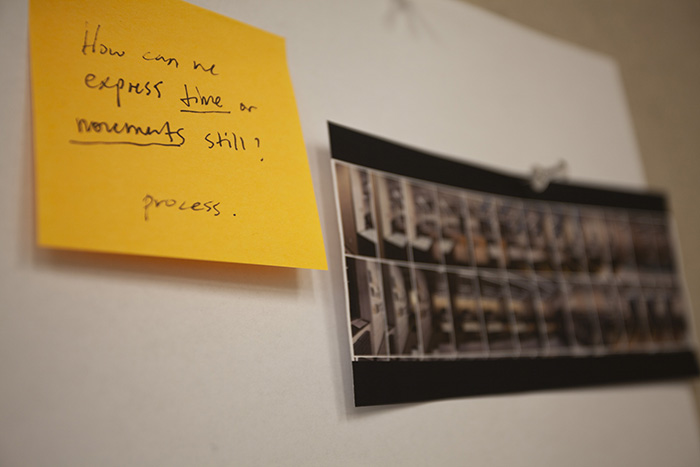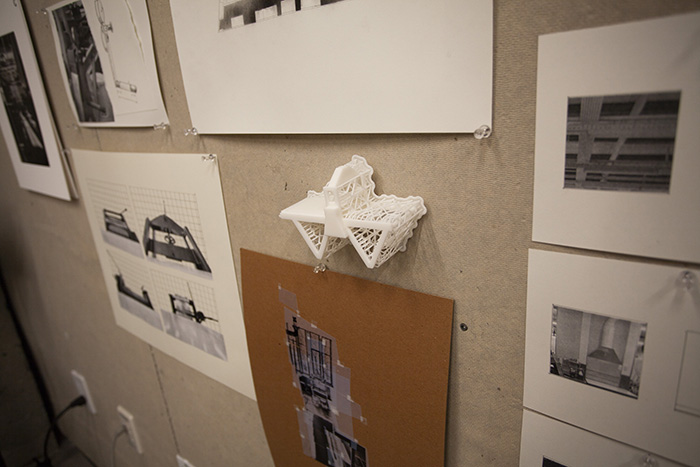Rinako Sonobe
Studio Art major, Mathematics minor
In the past five years of printing and making, capturing a particular moment in time and space has been a core theme of my work. Growing up in both the States and Japan, moving around to different cities during my childhood and constantly switching between languages, communities, and friend-groups, I have been observing my surroundings wherever I am, whoever I am with. With time only moving in one direction, each moment is unique and so I wonder, what creates my timeline different from yours? What constructs this uniqueness?
~.~
From Paper to Place
mixed media
2022
Jewett Gallery and PNW 205
These fifty-something drawings, collages, diagrams, and forms of documentation-- what I call experiments-- are produced from the endless questions I have about the architecture, culture, and history of the printshop and printed matter. It is a collection of works produced for my senior thesis, and an attempt to blur the boundaries between architecture and printmaking by investigating the uniqueness of the printshop; particularly, the Pendleton West Printmaking Studio, PNW 312.
As an architecture student, when I see a built object or enter a space, I am aware that someone designed those objects and designed the space into a place. That someone had a vision for its use and thus, it is now in front of my eyes. And as a printmaker, when I see a print or enter a printshop, I am well aware of the techniques and the steps that the paper took and the choreography taken by the maker to create the work. The combination of the two is at the core of this thesis, as I began the experiments wanting to investigate what I can find beyond the wall, floor, door, window, and ceiling of PNW 312. This space is about the collaboration that occurs between the printmakers. It is about the history of the equipment that is used to make multiples. It is about the sounds and smells of the tools and chemicals that fill the drawers and corners. It is about the appreciation for the process-based medium that the community of printmakers share.
The printship is like a kitchen, the printshop is like a factory, the printshop is like a laboratory, the printshop is like a school, and the printshop is a home to all printmakers. As someone who has spent many late nights in this particular printshop and had the opportunity to work in multiple printshops in different countries, I hope my thesis is a gateway to seeing how I see the printshop and represent the potential I have felt within printmaking over the years. Questions about what constructs this space drive me as I ask myself: why am I attached to this place called the printshop?
~.~
